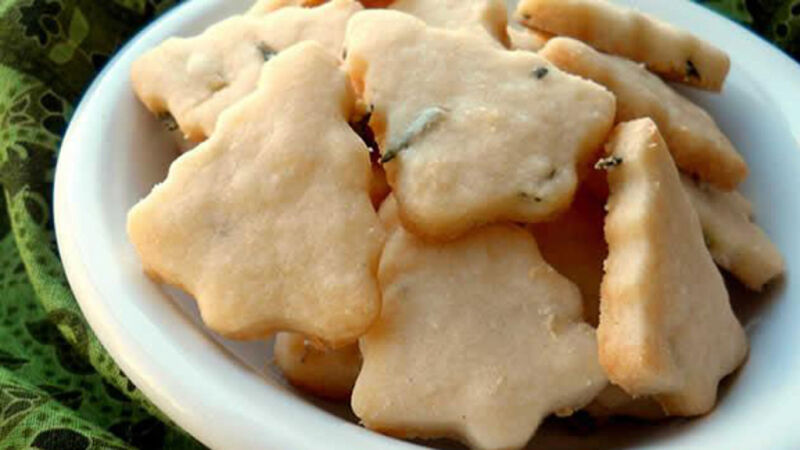Sage all the rage at this thyme of year

Herbs are the fresh or dried leaves of particular plants while spices are more often than not derived from seeds, roots, fruits, flowers or bark. Herbs also tend to have a milder flavour, while spices tend to be stronger and more pungent. Nutmeg, cinnamon, star anise, mace and cloves are common spices that crop up in mulled tipples, mince pies, puddings and Christmas cakes. And what roasting tray would be complete without a few sprigs of rosemary, thyme and sage — or roast dinner without fragrant herb stuffing?
Spices with their exotic origins will never be something an Irish gardener can produce readily, but indispensable winter herbs such as rosemary, thyme and sage grow well in our climate and will still be providing fresh green pickings right now. As someone that does not hold dried herbs in high esteem, it is these three winter-hardy perennials that are the true stars of winter for me. Not only for their culinary merit but also for the essential medicinal benefits they bestow in keeping sore throats and the chills of winter at bay.
It is not uncommon to have an abundance of the tasty trio, rosemary, thyme and sage around now so here’s a few recipe ideas that reach far beyond roasts to help you make the most of these herbs.
This man seriously knows what to do with fresh herbs and with just a few ingredients and a blast of sage, this is one really tasty quick supper. Hugh recommends fresh pasta but dried will also work.
Bring a large pan of salted water to a boil and cook the pasta according to the packet instructions. Meanwhile, melt the butter in a large frying pan (ideally not one with a dark interior) and cook until it turns a rich, golden brown and begins to smell nutty and sweet. Add the sage leaves and capers, and remove from heat. Stir in the lemon juice. Drain the pasta, reserving some cooking water. Tip the pasta into the butter pan, along with a splash of the cooking liquid, and return to the heat. Add the cheese and a few grinds of pepper, toss to coat and serve at once. Serves four.
I am no expert on natural remedies but every now and again I find a remedy that’s simple to make and effective to use and this thyme and honey cough elixir is one of those. Gleaned from my friend and wonderful medical herbalist, Vivienne Campbell (www.theherbalhub.com), this elixir has been whipped up and used successfully for myself and my family and friends.
Wash the thyme and add 40g to a pan. Add 900ml of water and cover with a lid. Simmer gently over a low heat for 20 mins and then allow the liquid to cool a little. Strain through a sieve into another pan and discard the remaining herbs (put them in the compost).
Put the pan with the liquid back over the heat. Simmer very gently without the lid on until the volume of liquid begins to reduce. Theslower you do this, the better. Aim to reduce the liquid to under 1/3 the original volume (ie 200ml).
Add 450g/1lb of honey to the pan and dissolve slowly, stirring continuously until the mixture becomes thick and syrupy. Briefly let the syrup bubble but be very careful otherwise it will turn to caramel. Pour the syrup into clean bottles or jars and label with name, date & dosage.
The usual dosages are: Adult: 2-3 tsp 3-6 times daily and for children, the dosage depends on the age of the child. Children over 5 years: 1 tsp 3-6 times daily. Infants over 1 year old (honey is not recommended for babies under 1 year): 1 tsp 3 times daily.
If you are pregnant, nursing, have a serious medical condition, and/or are taking any medication, then always check with a qualified medical practitioner or herbalist before taking any herbal remedies.
This shortbread is naughty but nice and for some reason the aromatic zest of rosemary makes it taste completely virtuous and almost good for you! These cookies can be rolled into any shape but for this time of year it’s fun to play around with more festive options like pine trees and stars.
Cream butter and sugar until smooth. Work in the flour and rosemary to make soft dough and shape into a ball. Roll out on a floured surface until ¼ inch thick, cut into rounds with a 2” fluted cutter (makes about 12 cookies). Bake on a greased baking sheet in a 170° C oven for 15 to 20 minutes or until the shortbread changes color. Cool on a wire rack, sprinkle with sugar and enjoy.












